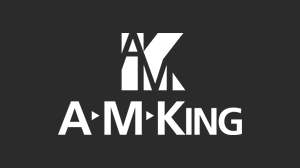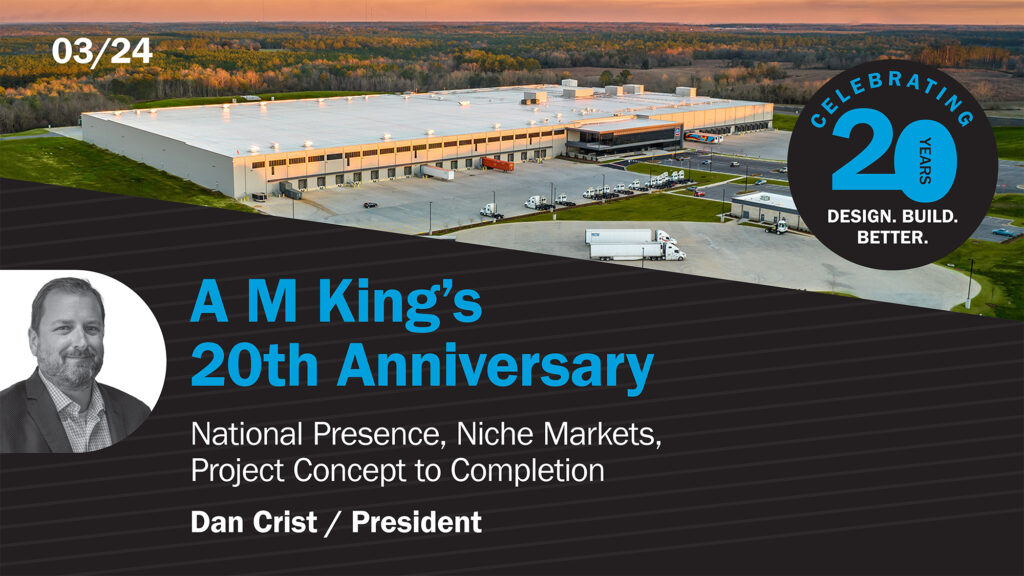
Best Practices for Following Food Safety Principles in the Food Processing Industry
Believe it or not, I enjoy cooking and every time a client comes to us with a product I am not familiar with, I learn how to make it at home. Then I take that informal process, translate it to big business and then make sure the food processing facility I’m working with is designed and constructed to conform to good manufacturing practices and stringent food safety requirements.
The most sweeping legislation in the industry is the Food Safety and Modernization Act (FSMA). President Obama signed it into law more than six years ago, but implementation is slow going and compliance fraught with challenges for both existing facilities and new buildings. The goal of FSMA is to ensure that the U.S. food supply is safe. To that end, the focus is on preventing contamination rather than simply responding to it. I am seeing more peer pressure to comply and that’s positively impacting food production businesses.
While there have always been good practitioners of food safety, plants that don’t incorporate and follow those procedures as stringently can hurt similar businesses. Remember the multi-state listeria outbreaks at Blue Bell Cremeries’ production facilities in recent years? Unfortunately it affected the entire industry because consumers were nervous about eating any brand of ice cream for a while.
One of my jobs during preconstruction or at the beginning of renovation is to understand what the client’s end goals are and any specific requirements that need to be met with regards to FSMA and food safety to ensure that the facility/renovation is designed in accordance with these requirements. You might be wondering how a Design-Build firm can assist companies with meeting food safety standards. Below, I’ve shared a few measures that are common to most facilities.
1. Raw/Ready-to-Eat Separation (People, Product, Pathogen): Physical Barriers; Employee Segregation; Process waste segregation; Air quality and pressurization; Allergen control
2. Exterior Dust/Particulate Intrusion: Building Orientation/Prevailing Winds; Outside Air Filtration; Drive-in Doors
3. Interior Dust Control-Cleanable Surfaces: Sloped Tops, No flat surfaces; Slick Rod; Hollow Metal Door Cavity Covers; Inverted Angle Iron and Round Stock Hangers; Cleanable Surfaces
4. Insect Control: Landscaping Away From Building; Drive-in Docks; Mow Strips at Unpaved Areas
5. Security/Bio Terrorism Prevention: Exterior Fencing and Secure Entrance Gates; Building Entrance Management; Ready-to-Eat Security Clearance
Although there are complicated design issues involved with some of the items noted above they can be incorporated into a new facility design in a fairly straightforward manner. The real trick is to incorporate some of these measures into an existing facility with minimal or no disruption to operations. With close collaboration and planning with the client, this is where A M King excels.
Click on this link to download A M King’s White Paper entitled, “8 Tips for Your Bakery Project.”










